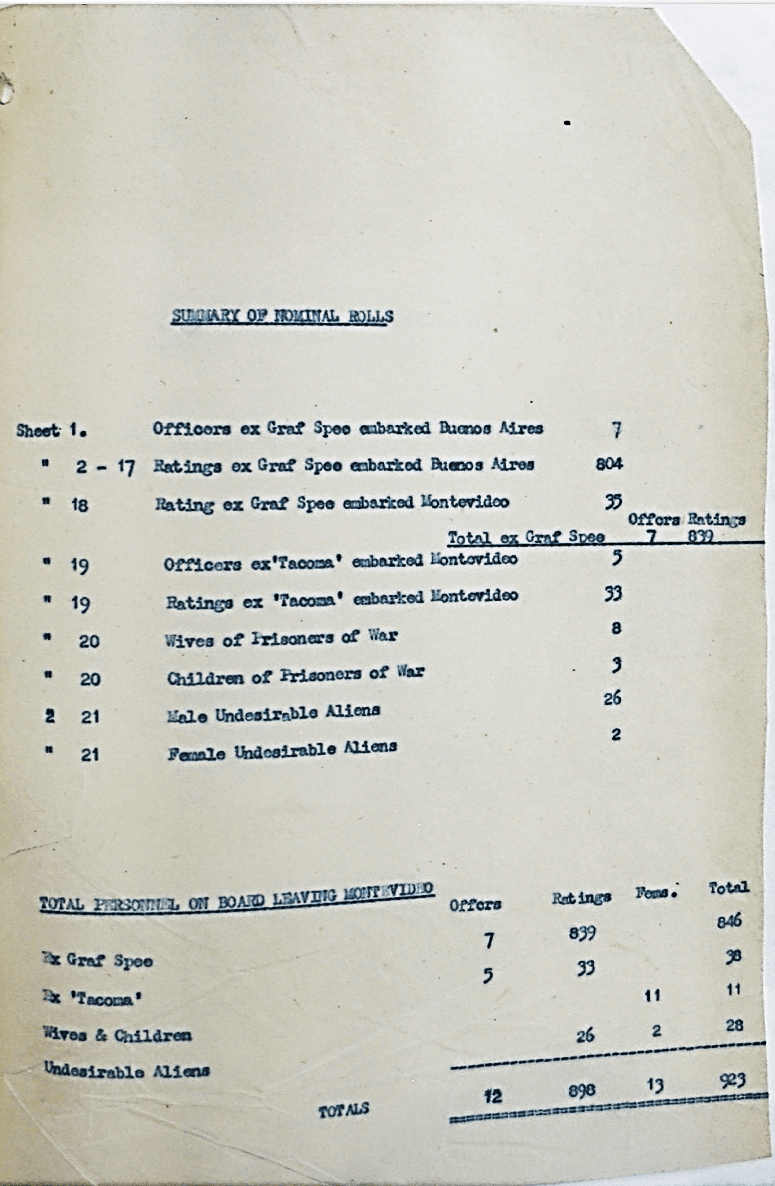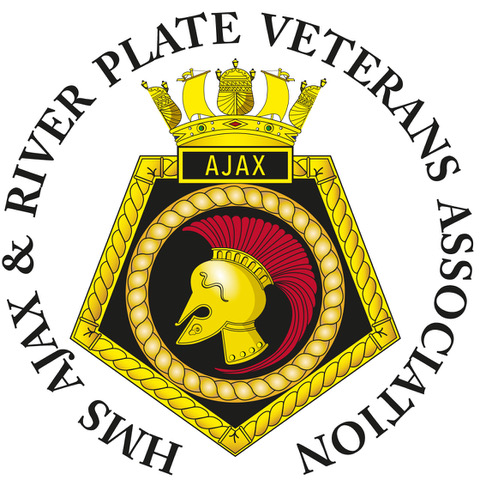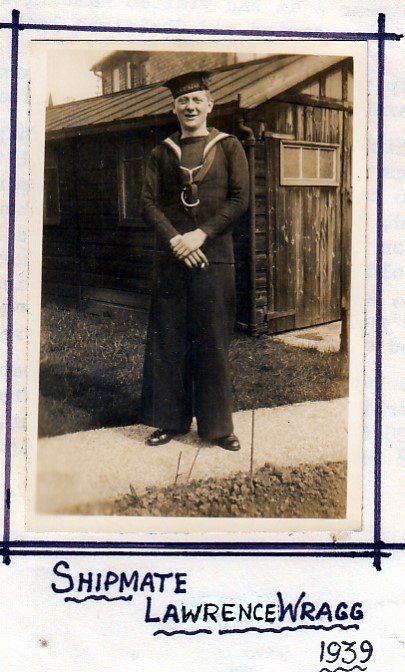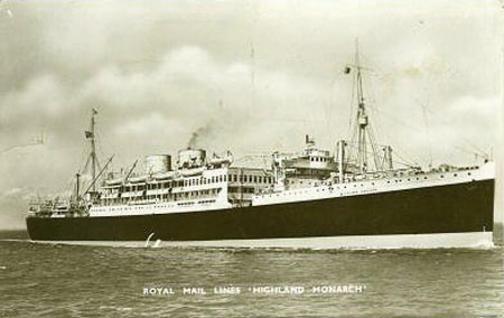Subsequent Commissions
HMS Ajax Cruiser Subsequent Commissions
"Commissioned" 28 July 1940 Ajax completed her refit following the River Plate and and re-entered service. Not clear if she was technically recommissioned. She sailed via South Africa for the Mediterranean and joined the 7th Cruiser Squadron Mediterranean Fleet on 4 October 1940.
27 May 1942 Chatham refit.
Commissioned
24 October 1942
at Chatham to 4 March 1943 when she underwent an extensive refit in New York following damage sustain at Bône (now Annaba), Algeria on 1 January 1943.
Commissioned
25 December 1943
at Portsmouth following refit at New York for the rest of the War to 16 February 1948
when she was paid off at Chatham. Planned sale to Chile did not happen and she was towed to Newport for dismantling by John Cashmore Ltd in November 1949
Dunkirk Evacuation Operation Dynamo 26 May - 4 June 1940
During 26/02/1940 and 28/07/1940 Ajax underwent a refit at Chatham following her action at the River Plate. A proportion of the crew were retained, presumably for security, guard duties & maintenance whilst others were either reassigned or redrafted.
The Ajax diary makes no mention of that period.
Roll of Honour
For Ajax there are a probable six crew dying during the operation.
Saturday 1st June 1940
Dunkirk evacuation, operation Dynamo (Ajax under repair)
MCINALLY John Edward: Ordinary Seaman, C/JX 171498, Missing presumed killed, age 22.
Sunday 2 June 1940
Dunkirk evacuation, operation Dynamo
DAVEY John Gauthrope: Able Seaman, C/JX 150882, Missing presumed killed, age 20.
WRAGG Lawrence Walter: Ordinary Seaman, C/JX 153502, Missing presumed killed, age 19.
PARSONS John Henry Bickerseth: Leading Seaman, C/JX 127584, Missing presumed killed, age 29.
Thursday 27 June 1940
ELEMS William A.: Able Seaman, C/J 44538, died, age unknown. (Believed as a result of Dunkirk evacuation)
Sunday 30 June 1940
SIMPSON William Ernest: Petty Officer Sick Berth, C/MX 45734, died, age 32. (Believed as a result of Dunkirk evacuation)
Clive Sharplin, one of our Associate members has produced information sheets for Ajax's time in The Mediterranean, particularly
The Battle of Cape Matapan March 1941 & for Crete
May 1941. His accounts of these actions can be found through the links.
OPERATION OVERLORD: NORMANDY INVASION
OPERATION NEPTUNE: D-DAY LANDINGS
[Neptune was the assault phase of Overlord]
The largest seaborne invasion in history began on 6th June 1944
on a 50 mile stretch of heavily fortified Normandy coast – Operation Neptune; the D-Day Landings: the beginning of the liberation of German-occupied France.
HMS Ajax, one of 137 ships, was in position off Gold Beach, the area between Port-en-Bessin and La Rivière, one of the five designated areas with Utah & Omaha Beaches to the west and Juno & Sword to the east. The area was defended by 716th German Infantry Division. In the “How” sector of Gold Ajax awaited orders to bombard German batteries near Longues-sur-Mer.
Shortly after 5 o’clock, well before dawn, Ajax fired the first shots of the campaign – the assault had begun. With an RAF spotter plane reporting fall-of-shot Ajax destroyed her first target, a battery of shielded 150mm guns, within 8 minutes with 114 of her 6in shells from 12,000 yards, nearly 7 miles. The naval bombardment lasted two hours and by the end of the day nearly 25,000 troops were landed on Gold.
In the following days Ajax supported the Anglo-Canadian land forces and on 13th June Ajax transferred to Sword Beach and remained in the area until 27th June. During that time Ajax had fired a total of 2,587 6 inch shells dealing with 56 separate targets – she returned to Portsmouth to have all her guns replaced.
Operation Dragoon
in the South of France was intended to coincide with the Normandy Operation Overlord invasion but a shortage of landing craft led to it being postponed until 15th August. Here Ajax as part of Task Force 84 ‘Alpha Force’ covering Red & Yellow Beaches, an area between Le Lavandou and Saint Raphael on the Mediterranean Coast of France, provided naval gunfire support, firing 116 shells allowing a large land invasion to take place.
Ajax received Battle Honours for her involvement in both Normandy and the South of France, to add to the five she had received since her River Plate one.
1946
Escort of HMT Highland Monarch
Following her return from South America and The Battle of the River Plate Ajax spent much of the rest of her time in the Mediterranean where she saw plenty of wartime & peacetime action.
Her only return to South American waters was in February 1946 when she escorted The Highland Monarch who had 845 interned Graf Spee crew from Uruguay & Argentina on board for repatriation to Germany. They sailed from Buenos Aires on 16 February 1946 for Freetown & then collected more German internees at Lisbon & Bilbao and continued the escort as far as The Needles, Isle of Wight, England.
Summary of Highland Monarch Nominal Role

1947
Report on the Exodus Affair
In July of the 1947 Ajax was sent to the Mediterranean to intercept Exodus 1947
– a converted pleasure steamer carrying 4,500 Jews hoping to establish a new homeland in Palestine. “The whole thing was very distasteful and unfortunate but it had to be done,” said one sailor in Ajax.
“We had been receiving lectures on the political situation in advance so we knew what the whole thing was about,” he said. “It was a no-win situation but we were serving members of His Majesty's Forces and so had to follow orders.”
The Jews, who had converged on the South of France from camps around Europe, were determined to press ahead despite warnings that they would not be allowed to land in Haifa. The British government had forbidden them from settling in their “promised land” but they carried on with the illegal operation in the hope of highlighting their plight and gaining international sympathy.
Their vessel, formerly known as The President Warfield, was renamed Exodus 1947 and the operation was later the subject of the book “Exodus” by Leon Uris, later made into a film. After official warnings were ignored the Exodus was intercepted off the coast of Palestine and boarding parties were sent from the Ajax under cover of darkness. A bitter struggle ensued with resulted in three passengers being killed and over 200 injured. In his memoir Captain Brian de Courcy, captain of the Ajax, later wrote: “It is very difficult to board a ship at sea and gain control over a mob of several thousand people.”
The landing having been halted, the migrants were then transported back to France but when they refused to disembark they were then taken on to refugee camps in Germany from which many of them had originally fled. Most of them remained there until 1948 when the state of Israel was founded.
HMS Ajax & River Plate Veterans Association
Email h.m.s.ajax.rpv@gmail.com
Contact Us HERE


